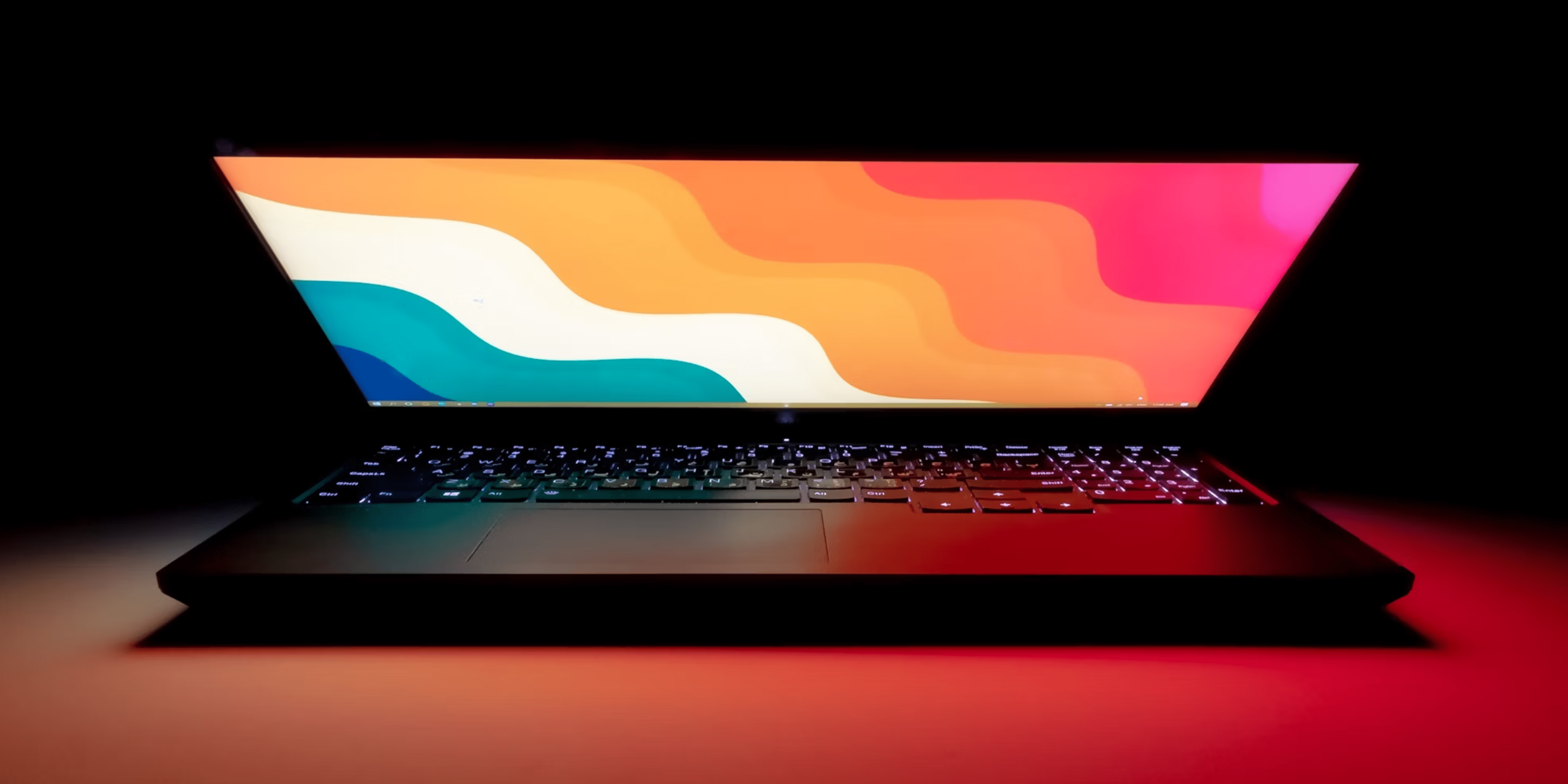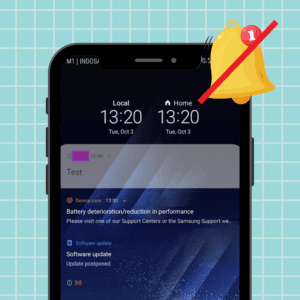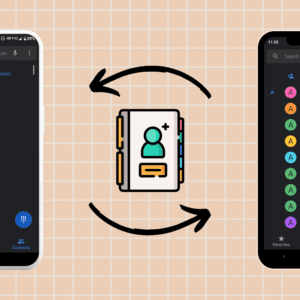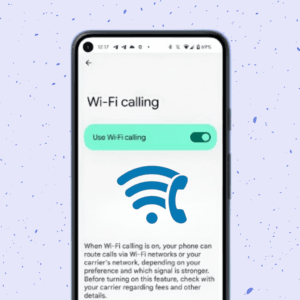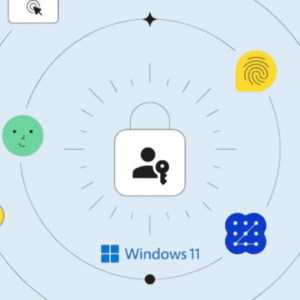Tired of your Windows laptop turning into a mini-furnace? Overheating is a common issue, but there are solutions. This guide will walk you through the steps and strategies to fix overheating on a Windows laptop. We’ll cover everything from simple cleaning to advanced troubleshooting for long-lasting results.
1. Adequate ventilation
Good airflow is important for keeping your Windows laptop from getting too hot. If the insides of your laptop make more heat than it can get rid of, that’s when it overheats. Ensuring air can flow well helps keep the insides cool, especially important parts like the processor and graphics card. Here’s how to stop your laptop from overheating by fixing its airflow:
- Place your laptop on a stand or a few books to improve airflow underneath. This prevents blockage of the intake vents, which are often located on the bottom.
- Make sure the side and rear vents of the laptop are not obstructed by papers, cables, or other objects. Keep your work area organized to allow for free airflow around the laptop.
- Laptops resting on blankets, pillows, or your lap can impede airflow, causing heat buildup. Always use your laptop on a hard, flat surface.
- If the problem persists, invest in a laptop cooling pad. These pads have built-in fans that provide additional cooling and prevent overheating.
2. Cleaning, dust removal, and external environment
Sometimes, when your laptop gets too hot, it’s because it’s having a hard time getting rid of the heat it produces. This can happen because of dust collecting inside, not enough air getting through, or putting the laptop on soft surfaces.
- To help it cool down better, make sure it’s in a good environment that lets the heat escape easily. This way, it won’t put too much stress on the inside parts of the laptop.
- Dust accumulation within the laptop’s fans and vents is a major culprit. Use compressed air to carefully dislodge dust from vents and a soft brush to clean the fans.
- Place your laptop on a stand or a hard, flat surface. This creates space underneath for improved airflow. Avoid using it on beds, pillows, or other soft materials that block vents.
- High ambient temperatures worsen overheating. Use your laptop in an air-conditioned room or a well-ventilated space.
- A dusty environment contributes to internal dust buildup. Regularly clean your workspace to minimize dust intake by your laptop’s fans.
3. Power plan optimization
Power plan optimization is a crucial fix for overheating on a Windows laptop. Often, laptops are set to high-performance power plans for maximum processing power. While this is great for demanding tasks, it forces the CPU to work harder and generate more heat, even during regular use. Here’s how optimizing your power plan helps:
- Right-click on the battery icon in your taskbar and select Power Options.
- Select the Balanced power plan, or consider the Power Saver plan for even more conservative settings.
- Click Change Plan Settings next to your chosen plan, then Change Advanced Power Settings.
- Expand Processor power management, then adjust the Maximum processor state to a slightly lower percentage (e.g., 90–95%).
4. Software updates
Software updates often include fixes for fan control algorithms. If your laptop’s fans aren’t spinning up as needed or run too aggressively, a software update can re-calibrate them for optimal cooling. Moreover, it can tweak how your laptop manages power usage, reducing heat output from the CPU and other components. This is especially helpful if an old bug is causing excessive power consumption.
- Click the Start button (typically the Windows icon in the lower-left corner of your screen) and select the Settings gear icon.
- In the Settings window, navigate to the Update & Security category.
- You should automatically be on the Windows Update page. Click the large Check for updates button. Windows will start searching for available updates.
5. Driver updates
Driver updates can play a key role in preventing your Windows laptop from overheating. Outdated or faulty drivers, particularly those related to graphics or power management, can lead to inefficient system processes. This can cause your hardware to work harder than necessary, generating excess heat. Here’s how to update drivers as a fix for overheating:
- Open the Device Manager by right-clicking on the Start menu and selecting Device Manager. Look for devices marked with a yellow exclamation point, indicating a potential driver issue.
- Visit the manufacturer’s website for your laptop model. Navigate to their support or downloads section and search for the latest drivers compatible with your specific hardware components and Windows version.
- Right-click on the outdated device in Device Manager and select Update driver. Follow the instructions to install the downloaded drivers.
6. Malware check
A less common but surprisingly impactful cause of overheating can be hidden malware. This malicious software might be running intensive processes in the background, straining your CPU and leading to excessive heat. To combat this:
- Choose a well-known and trusted security suite. Many options offer free versions for basic protection.
- Let the software thoroughly scan all your drives and files to identify any potential malware infections.
- Follow the recommendations provided by the antivirus software to deal with any detected malware. Often, this will involve removing or quarantining the infected files.
7. Undervolting (For experienced users)
Undervolting is a technique that can significantly help fix overheating on your Windows laptop. By carefully reducing the voltage supplied to your laptop’s CPU (Central Processing Unit), you can lower its overall power consumption and heat generation.
- This leads to cooler operating temperatures, potentially preventing thermal throttling, where the CPU slows down to manage heat. Here’s how to perform undervolting:
- Download a reliable undervolting tool. Popular options include Intel XTU (for Intel CPUs) or Throttlestop.
- Undervolting requires careful adjustments. Start with small voltage reductions and gradually increase them.
- Run stress tests (e.g., Prime95 or Cinebench) to monitor temperatures and stability under load after each adjustment.
- The goal is to find the lowest stable voltage that maintains performance. Excessive undervolting can cause system instability.
Note: Not all CPUs support undervolting. Additionally, practice caution, as incorrect undervolting can lead to system crashes or instability. Research your specific CPU model and use reliable guides for the process.
8. Replace thermal paste (Experienced users)
Replacing the thermal paste on your laptop can effectively fix overheating on your Windows laptop. Thermal paste is a thermally conductive compound applied between the CPU (or GPU) and the heatsink. Over time, this paste can dry out, harden, and lose its effectiveness at transferring heat.
This degraded thermal paste leads to the CPU or GPU running hotter, potentially causing instability or causing the laptop to shut down prematurely. Here’s how to replace the thermal paste:
- You’ll need thermal paste, rubbing alcohol, cotton swabs, and potentially a specialized screwdriver set to open your laptop model.
- Refer to your laptop’s service manual or online guides for specific instructions on carefully removing the necessary panels and exposing the heatsink.
- Gently remove the old, dried thermal paste from both the CPU/GPU and the heatsink using rubbing alcohol and cotton swabs.
- Apply a small bead or pea-sized amount of new thermal paste to the center of the CPU or GPU.
- Reattach the heatsink, ensure a proper seal, and assemble the laptop.
9. Contact the Windows Manufacturer
If standard troubleshooting tactics haven’t resolved your laptop’s overheating, it’s wise to contact the Windows manufacturer directly. They may have insights into model-specific issues, firmware updates, or known hardware problems that could be causing excessive heat.
Overheating conquered!
While you might have successfully addressed the immediate issue of overheating on a Windows laptop, remember that laptops are intricate machines. Regular maintenance is the best way to keep performance high and temperatures low. Make a habit of the preventative tips mentioned above, and your laptop will thank you with a longer lifespan and a better overall experience.
Was this helpful?
Nutan is a BCA graduate with a keen interest in the world of consumer technology. A fan of both the Apple and Google ecosystems, he enjoys exploring the latest gadgets and how they can enhance our daily lives. Nutan specializes in crafting clear and informative how-to guides and comprehensive buying advice. His insightful reviews offer an in-depth look at the pros and cons of the newest tech products, helping readers make the best decisions for their needs.
